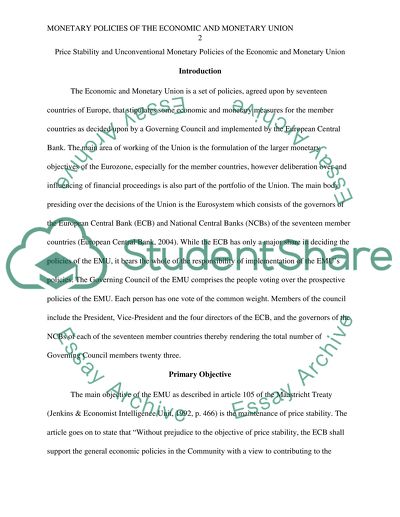Cite this document
(“Unconventional Monetary Policies of the Economic and Monetary Union Essay”, n.d.)
Unconventional Monetary Policies of the Economic and Monetary Union Essay. Retrieved from https://studentshare.org/macro-microeconomics/1498260-monetary-policy-in-emu-ceuropean-monetary-uniond
Unconventional Monetary Policies of the Economic and Monetary Union Essay. Retrieved from https://studentshare.org/macro-microeconomics/1498260-monetary-policy-in-emu-ceuropean-monetary-uniond
(Unconventional Monetary Policies of the Economic and Monetary Union Essay)
Unconventional Monetary Policies of the Economic and Monetary Union Essay. https://studentshare.org/macro-microeconomics/1498260-monetary-policy-in-emu-ceuropean-monetary-uniond.
Unconventional Monetary Policies of the Economic and Monetary Union Essay. https://studentshare.org/macro-microeconomics/1498260-monetary-policy-in-emu-ceuropean-monetary-uniond.
“Unconventional Monetary Policies of the Economic and Monetary Union Essay”, n.d. https://studentshare.org/macro-microeconomics/1498260-monetary-policy-in-emu-ceuropean-monetary-uniond.


